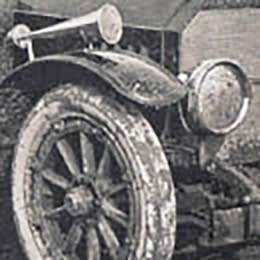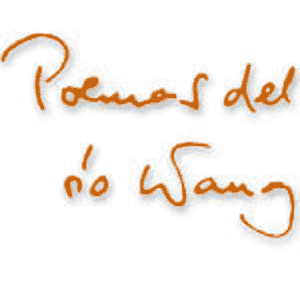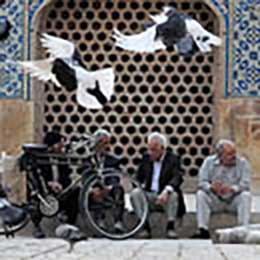
„I still did not know whom I had actually encountered on Petřín. Had I come
upon some secret sect? Had I witnessed the birth of a new faith? Or, on the contrary,
was the underground worship the dying tremor of an ancient religion?”
Michal Ajvaz, The Other City (2005)
upon some secret sect? Had I witnessed the birth of a new faith? Or, on the contrary,
was the underground worship the dying tremor of an ancient religion?”
Michal Ajvaz, The Other City (2005)
We have already described how, soon after the emergence of independent Czechoslovakia, celebrated annually on 28 October as Den vzniku samostatného československého státu (Czechoslovak Independence Day), hoodlums in Prague’s Old Market Square demolished
 the Mariánský sloup, the Marian Column erected in the 1620s in memory of the Hapsburg victory over the Czech estates, a monument which was also used to mark the Prague meridian, that is, the moment when its shadow daily fell on an exact north-south line was used to indicate the local noon. Its central role in space and ideology was then supplanted by the statue of Jan Hus, which, as has already been mentioned, also brought forth a specific local cult, the Czechoslovak religion. The location and the statue, as the picture below shows, has since proved to be a magnet for unorthodox cults. But here in this writing, we wish only to honestly report what we have seen with our very own eyes.
the Mariánský sloup, the Marian Column erected in the 1620s in memory of the Hapsburg victory over the Czech estates, a monument which was also used to mark the Prague meridian, that is, the moment when its shadow daily fell on an exact north-south line was used to indicate the local noon. Its central role in space and ideology was then supplanted by the statue of Jan Hus, which, as has already been mentioned, also brought forth a specific local cult, the Czechoslovak religion. The location and the statue, as the picture below shows, has since proved to be a magnet for unorthodox cults. But here in this writing, we wish only to honestly report what we have seen with our very own eyes.
At some time in the post-transition years, two markers of stone and bronze were placed on the pavement of the Old Town Square (previously the Old Market Square, mentioned above). One is located along the projection of the north-south shadow of the former column, solemnly marked with the inscription: Meridianus, quo olim tempus Pragensis dirigebatur – “The meridian, by which the local time of Prague was adjusted”. And the other, in granite, indicates the location of the column that once cast that shadow, and says: Hic stabat et iterum stabit columna B[eatae] M[ariae] V[irginis] – “Here stood and will stand again the column of the Holy Virgin Mary”.
It is apparent that this inscription goes beyond mere historical memory, and refers to a rite by which followers endeavor to re-erect the former Marian column as a kind of axis mundi. And secret rites always produce their own persecutors and heretics. This is attested by the fact that the future tense verbs have been carefully chipped away, purposely effaced in an act of vandalism, in all the four language versions of the inscription. In Prague, on the Old Town Square, the polemics of iconoclasts and iconophiles has been going on for a hundred years, unseen, and only embodied in the vestiges of absent objects.

Now, however, just like Ajvaz peering into the sand container at Petřín, and going through the restroom door of the Slavia Café, we also had the rare occasion to glimpse, ever so fleetingly, at the strange cults thriving in the twilight of Prague.
The last day of October, the Eve of All Saints, in an earlier English, “All Hallow’s Even” (from which we derive our present-day Hallowe’en). We wandered onto the Old Town Square in the early evening. Turning onto the square from behind the house on the corner, we note with surprise that a young nun is praying at the mark of the former site of the Marian column. Before her, a candle is burning on the granite inscription. She cradles a bouquet of flowers, and is about to lay them on the spot, a touching act of devotion. I lift my camera and quickly make an exposure, intending to make more. However, there is no time for a second shot. The nun starts when she notes the presence of a photographer. She looks straight at me, visibly alarmed, and immediately turns and flees the square, running. Before we can catch up with her, she has already disappeared among the throngs of tourists.


























































































Add comment